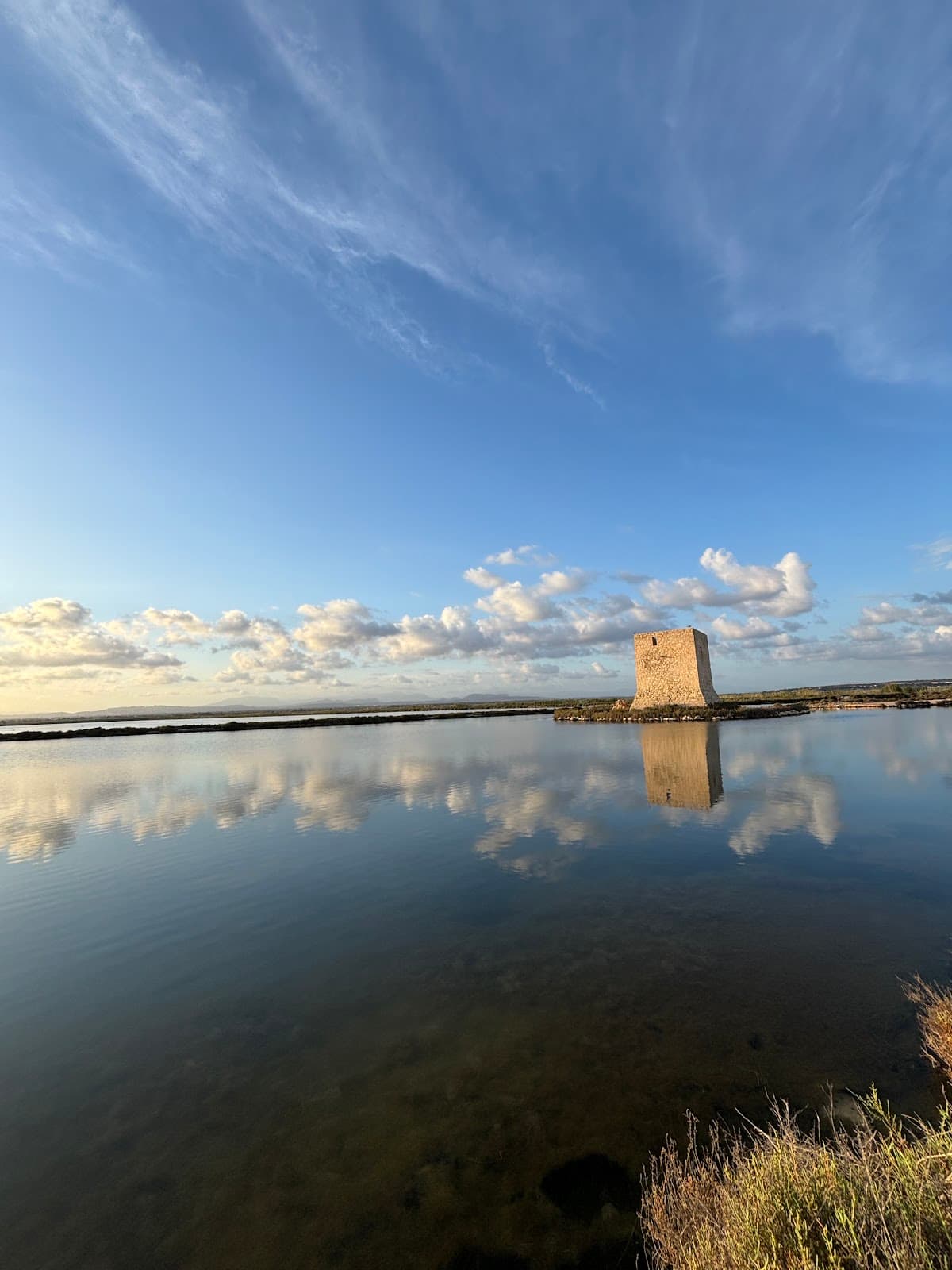
Santa Pola Salt Flats
Witness vibrant flamingos and breathtaking sunsets at the Santa Pola Salt Flats, a unique natural park in Alicante.

Highlights
Must-see attractions

Social
From TikTok & Reddit
Best Time
Golden hour for photos & birds

Santa Pola Salt Flats
Best Time
Golden hour for photos & birds

Highlights
Must-see attractions
Witness vibrant flamingos and breathtaking sunsets at the Santa Pola Salt Flats, a unique natural park in Alicante.
"The views of the flamingos at sunset are spectacular."
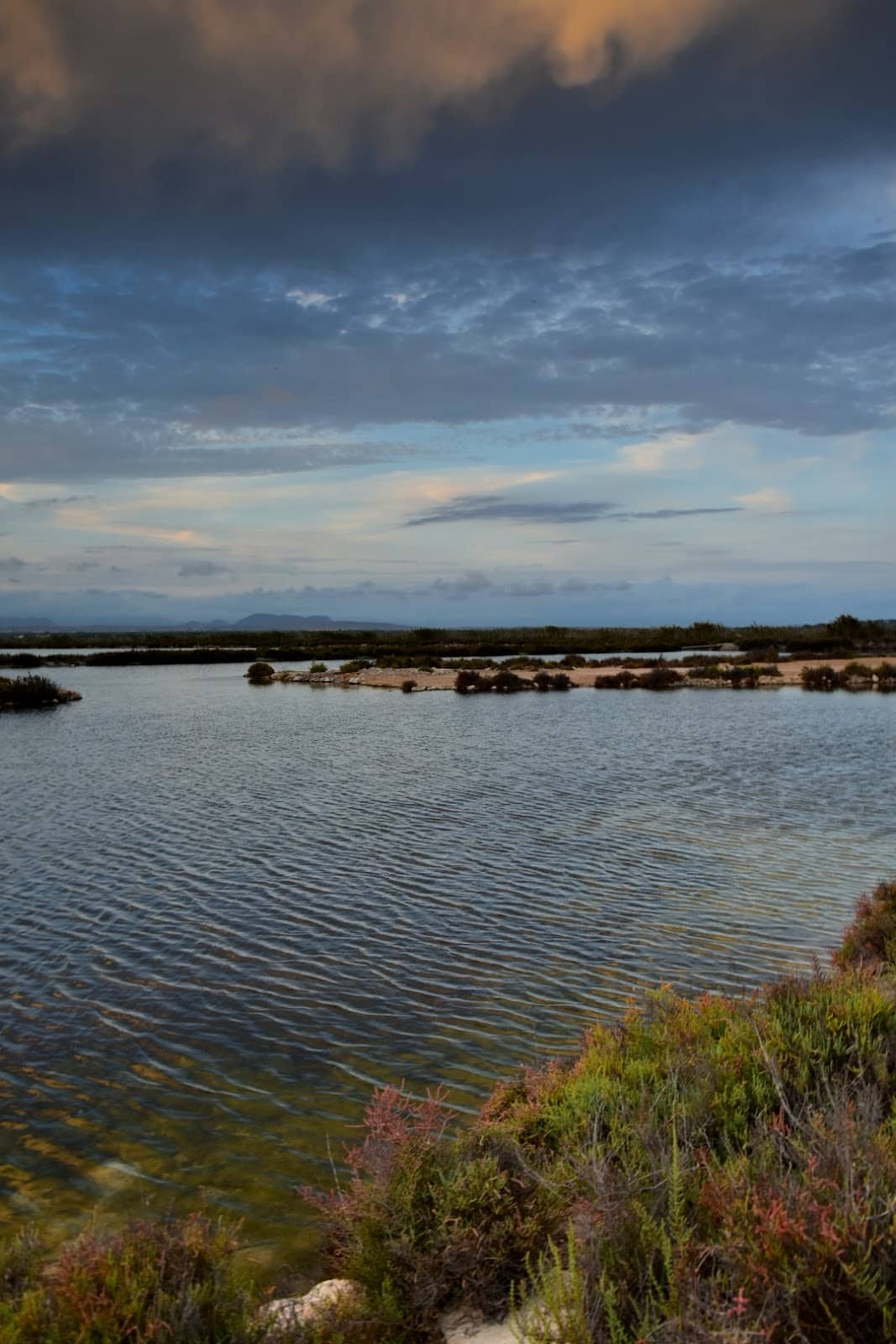
🚗 Car is Key for Access
A car offers the best flexibility to explore different viewpoints and find parking .
🔭 Bring Binoculars!
Essential for getting a closer look at the diverse birdlife, especially flamingos .
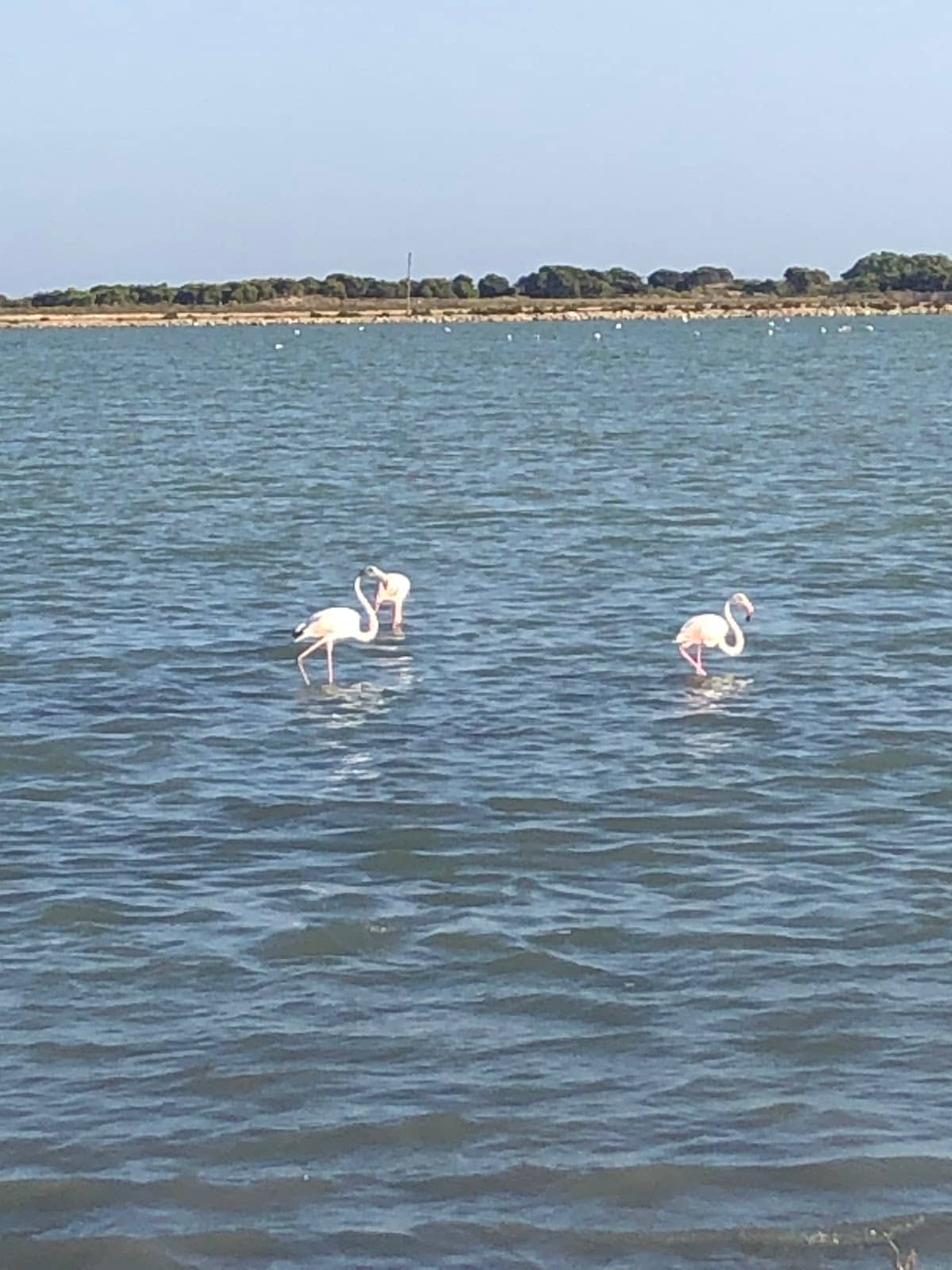
Highlights
Discover the most iconic attractions and experiences

Flamingo Spotting
Various viewpoints within the salt flats
Witness flocks of vibrant pink flamingos in their natural habitat. A must-see for birdwatchers!

Spectacular Sunsets
Along the salt flats perimeter
The sky transforms into a canvas of color, reflecting beautifully on the water. Pure magic!
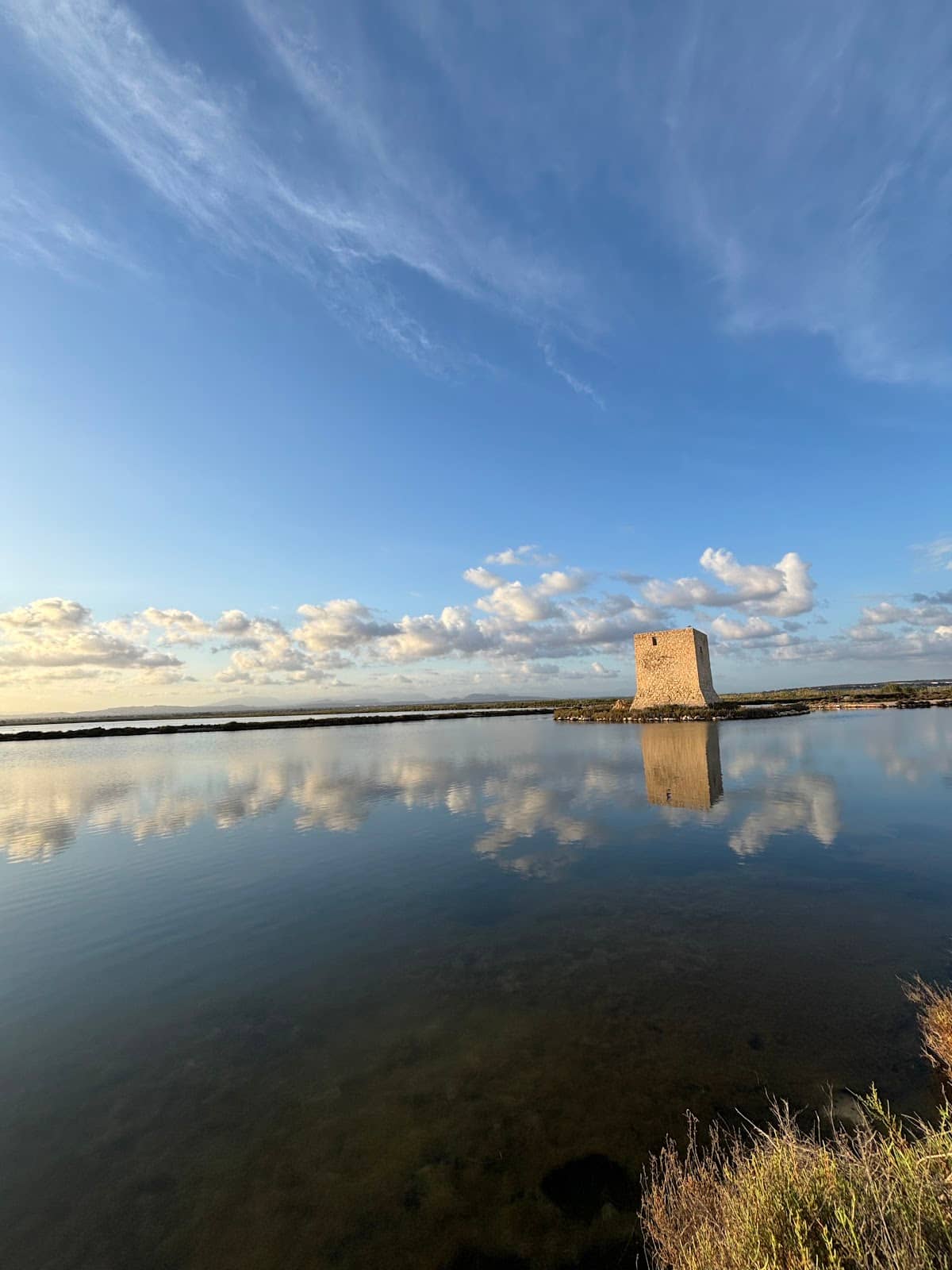
Salinas de Santa Pola Natural Park
The entire protected area
Explore this unique ecosystem, a haven for diverse birdlife and a testament to salt extraction history.
Plans like a pro.
Thinks like you
Planning Your Visit
Timing is Everything for Flamingos & Sunsets
Getting Around & What to Bring
Best Times
Insider Tips
from TikTok, Instagram & Reddit
🚗 Car is Key for Access
A car offers the best flexibility to explore different viewpoints and find parking.
🔭 Bring Binoculars!
Essential for getting a closer look at the diverse birdlife, especially flamingos.
📸 Sunset Photo Ops
The golden hour offers stunning light for capturing the salt flats and flamingos.
👟 Comfortable Walking Shoes
Wear them for exploring the designated paths and enjoying the natural surroundings.
Tips
from all over the internet
🚗 Car is Key for Access
A car offers the best flexibility to explore different viewpoints and find parking.
🔭 Bring Binoculars!
Essential for getting a closer look at the diverse birdlife, especially flamingos.
📸 Sunset Photo Ops
The golden hour offers stunning light for capturing the salt flats and flamingos.
👟 Comfortable Walking Shoes
Wear them for exploring the designated paths and enjoying the natural surroundings.
⚠️ Weekend Access
Some areas might have limited access or fewer open points on weekends.
What Travellers Say
Reviews Summary
Visitors praise the Santa Pola Salt Flats for their stunning natural beauty, especially the spectacular sunsets and the chance to see flamingos in their habitat. It's a peaceful place for nature lovers and photographers, though some note limited parking and access points, and a desire for more informational signage.
"Wonderful and calm walking opportunity!"
Paweł
"Nice for birdwatching!"
Moreno Camoletto
"Closed in weekend"
De Tuinen van MergenMetz
What People Like
What People Dislike
Frequently Asked Questions
🚇 🗺️ Getting There
The most convenient way to reach the Santa Pola Salt Flats from Alicante is by car, taking approximately 20-30 minutes. Public transport options exist, but a car offers more flexibility for exploring the different viewpoints and parking areas.
While direct public transport might be limited, you can take a bus from Alicante to Santa Pola town and then potentially a local bus or taxi to the salt flats. However, many visitors find driving to be the easiest option.
Parking is available at designated points along the road that crosses the salt flats. Some spots offer better access for getting out and observing the scenery.
Yes, cycling is a great way to experience the natural park. There are paths and roads suitable for cycling, offering a more immersive experience.
While some viewpoints might be accessible, the natural terrain can be uneven. It's advisable to check with the visitor center for specific accessibility information.
🎫 🎫 Tickets & Entry
Generally, the natural park and its viewing areas are free to access. However, specific facilities like the Sal Museum might have an entrance fee.
The natural park is typically open year-round during daylight hours. However, some visitors have noted that access might be limited or closed on weekends.
No, the natural park itself is free to enter. You can drive or walk through many parts of it without charge.
Yes, the Sal Museum is located in a former mill and offers insights into salt extraction processes. Check its specific opening hours before your visit.
Information on guided tours can often be found through local tourism offices or the park's visitor center. These tours can enhance your understanding of the ecosystem.
📸 📸 Photography
Sunset is highly recommended for its dramatic lighting and vibrant colors. Early morning can also offer beautiful light and fewer crowds.
A telephoto lens (like a 200-600mm) is ideal for capturing clear shots of flamingos from a distance. A tripod can also be helpful for stability.
Drone usage is typically restricted in natural parks to protect wildlife and maintain the tranquility of the area. Always check local regulations before flying a drone.
Expect stunning landscape shots of the salt pans, reflections, and of course, numerous bird species, especially flamingos.
The areas with the most visible flamingo populations and the best sunset views are highly recommended. Keep an eye out for elevated viewpoints.
🎫 🐦 Birdwatching
The most famous residents are the flamingos. You can also spot various waders, gulls, and other migratory birds depending on the season.
While flamingos are present year-round, the cooler months from autumn to spring are generally considered the best for observing a wider variety of migratory birds.
Binoculars are highly recommended to get a good view of the birds without disturbing them. A spotting scope can be useful for more distant observations.
The park has designated viewpoints and paths that allow for observation. Some areas might have specific structures for birdwatching.
No, feeding the birds is strictly prohibited as it can disrupt their natural diet and behavior. It's important to observe them from a distance.
For Different Travelers
Tailored advice for your travel style
👨👩👧 Families with Kids
Consider visiting the Sal Museum to learn about the history of salt production in the area, which can be an interesting addition to the natural exploration. Bringing binoculars can add an interactive element to birdwatching for younger visitors. While some areas might require careful supervision due to water, the overall experience is generally safe and memorable for families.
🚶 Nature Walkers & Birdwatchers
The park's unique ecosystem, shaped by salt extraction, provides a fascinating landscape to explore. Whether you're interested in the geological aspects of salt formation or the intricate behaviors of the birds, there's plenty to discover. Visiting during the cooler months will enhance your birdwatching experience with a greater variety of species.
📸 Photographers
Experiment with different angles and compositions to showcase the vastness of the landscape and the delicate details of the salt formations. The reflections in the water can add a surreal quality to your images. Be prepared for changing light conditions and embrace the natural beauty of this unique environment.
Deep Dives
In-depth insights and expert knowledge
The Ecology of the Salt Flats
The high salt concentration creates a habitat that is inhospitable to many species but thrives with extremophiles, such as halophilic microorganisms. These microorganisms, in turn, form the base of the food chain for larger organisms. Researchers have even discovered pigments produced by these microbes that have potential anticancer properties.
This delicate balance makes the salt flats a crucial stopover point for migratory birds and a permanent home for resident species. The conservation of this natural park is essential for maintaining biodiversity and understanding the intricate relationship between human activity and the environment.
Birdwatching Paradise: Flamingos and Beyond
Beyond the flamingos, the salt flats are a haven for a diverse range of avian species. Depending on the season, visitors can spot various waders, gulls, terns, and numerous migratory birds that use the wetlands as a crucial resting and feeding ground during their long journeys. The park's varied habitats, from open water to salt pans and surrounding vegetation, support this rich biodiversity.
For the best birdwatching experience, it's highly recommended to bring binoculars or a spotting scope. Visiting during the cooler months, from autumn through spring, often provides opportunities to see a wider array of migratory species. Observing these birds in their natural environment is a truly rewarding experience for nature enthusiasts.
Capturing the Magic: Photography Tips
When photographing the flamingos, a telephoto lens is invaluable for getting close-up shots without disturbing the birds. Patience is key; observe their behavior and wait for those perfect moments of them feeding, preening, or flying. Wide-angle lenses are excellent for capturing the vastness of the salt flats and the expansive sky, especially during sunrise or sunset.
Remember to also capture the unique textures of the salt formations and the interplay of light and shadow. While the main road offers access, exploring designated walking paths can lead to more intimate perspectives of the landscape and its inhabitants. Always be mindful of the environment and avoid stepping on sensitive areas.



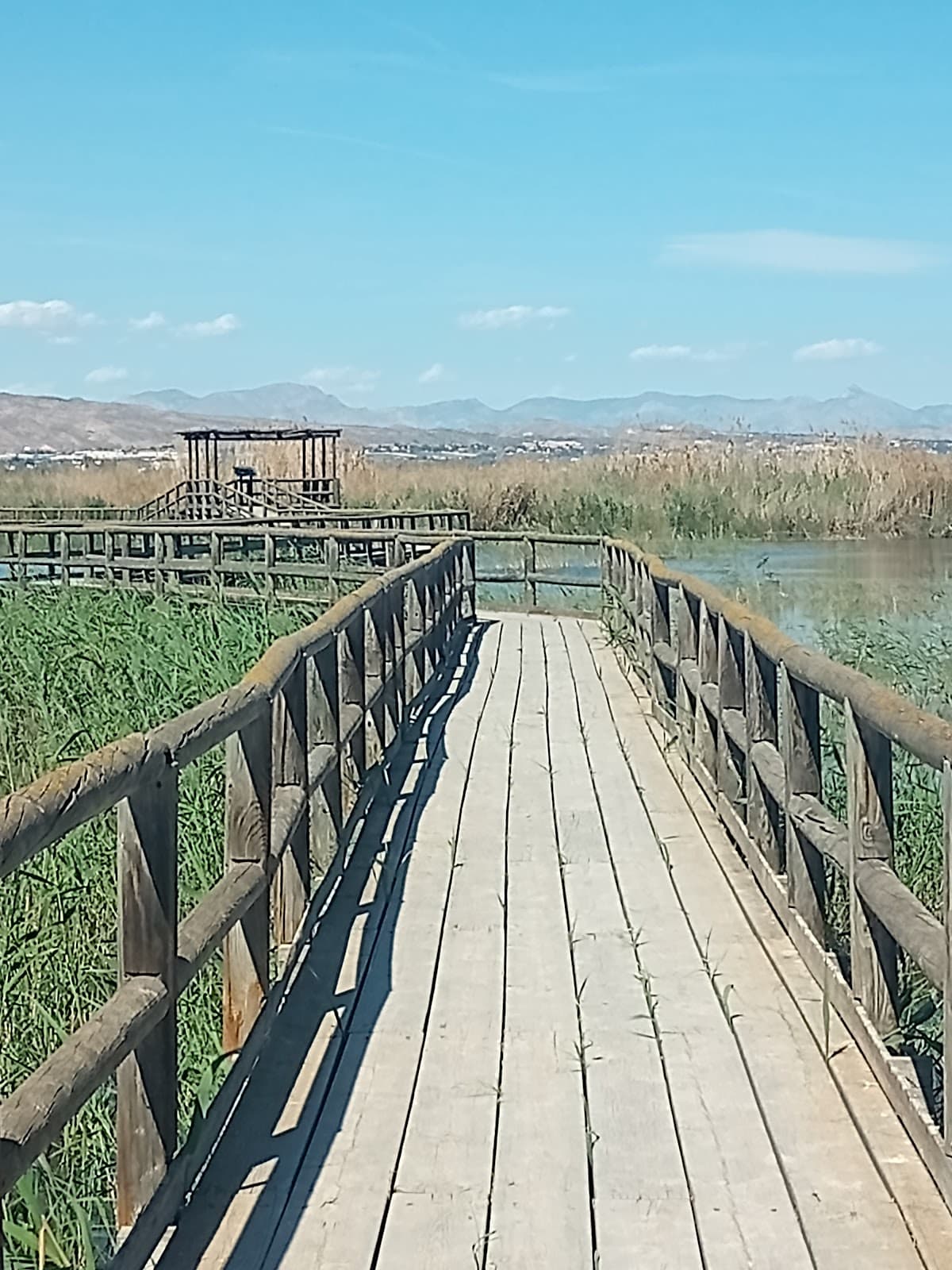

Social
from TikTok, Instagram & Reddit